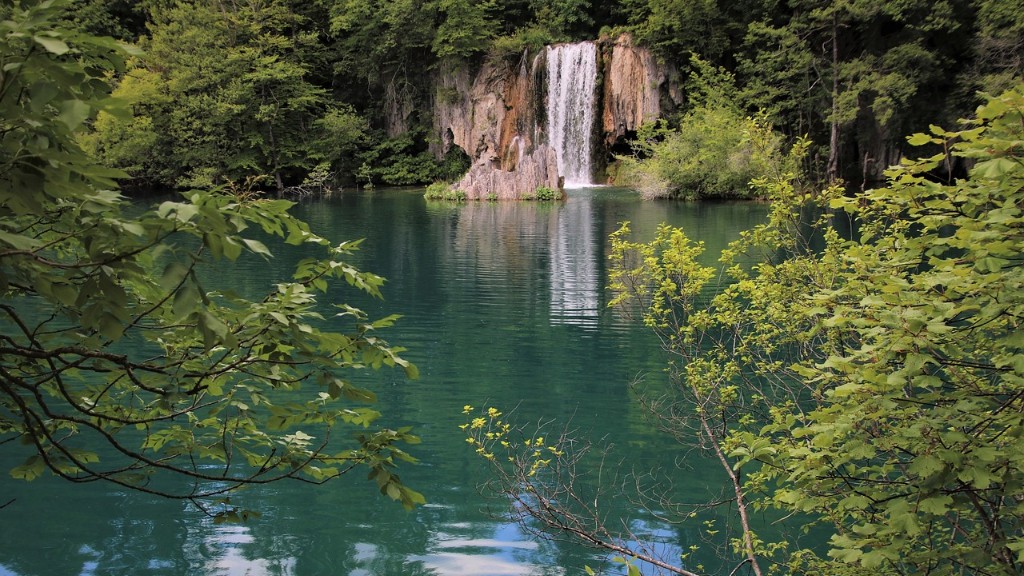Geomorphological Evidence
Geomorphologists believe that oxbow lakes form due to an accumulation of sediment and erosion of the riverbed that eventually leads to the separation of part of a meander loop. This process can take tens to hundreds of years, but the end result is two distinct landforms: an oxbow lake and an old meander bend or river cut-off. While the oxbow lake remains connected to the river until the next major flood event, the river cut-off becomes disconnected from the main channel and its water flow.
History of the Mississippi
The Mississippi River has an expansive history, having been shaped by geologic forces millions of years ago. The river is continually altering its course because of varying erosion, sedimentation, and land-shifting that is influenced by floods, climate change, and human activities. As a result, the Mississippi is a dynamic river system with more than 700 known oxbow lakes along its length.
Characteristics
Oxbow lakes vary in size and form depending on the shapes of their meander loops and the local geology. These bodies of water are characterized as shallow and slow-moving, with stagnant water and poor oxygen levels due to decomposition of vegetation. Despite their poor water quality, oxbow lakes are incredibly important ecological habitats and are home to diverse animal species including fish, turtles, amphibians, snakes, and birds.
Management and Conservation
Oxbow lakes along the Mississippi River are managed and conserved by the US Fish Wildlife Service, which aims to protect these valuable habitats. Efforts are made to not only conserve the oxbow lakes and their encapsulated species, but to also restore the health of surrounding ecosystems. Management activities involve monitoring and protecting the health of the oxbow lake, as well as decreasing current and potential human impacts by preventing the introduction of invasive species and pollutants.
Economic Benefits
Oxbow lakes can provide economic benefits to humanity, in addition to their conservation and ecological benefits. These highly productive and biodiverse wetlands can generate sources of food and income, especially through fisheries and aquaculture. Additionally, oxbow lakes provide recreational activities such as fishing, birding, wildlife watching, paddling, and swimming.
Impact of Human Activity
Human activity can have detrimental and uncontrollable effects on the formation and maintenance of oxbow lakes. Development projects such as stream engineering and dam building can change the course of a river, cause erosion, and disrupt the natural flow of water. This can result in the filling of these bodies of water, or their disconnection from the main channel, effectively changing the landscape and ecology of the area.
Impact of Climate Change
The effect of climate change on the formation and functioning of oxbow lakes along the Mississippi River is undeniable. The rising global temperatures, increased rainfall levels and extreme weather events associated with climate change can cause changes in river levels and flows, which inevitably affects the formation and stability of oxbow lakes.
The Role of Nature-based Solutions
Nature-based solutions for flood risk management are becoming increasingly important for managing and preventing damage to oxbow lakes along the Mississippi. These solutions involve a type of large-scale stewardship that safeguards and restores riverine ecosystems, which includes the use of green infrastructure such as floodplain reforestation, leaving natural riverside vegetation, restoring wetlands, and implementing water retention schemes.
Conclusion
Oxbow lakes are a critical part of the landscape along the Mississippi River and its tributaries and they play an important role in the health and functioning of the larger river system. Even though natural processes and climate change can have a great influence on the formation and stability of oxbow lakes, their conservation and management through the implementation of nature-based solutions can help to protect and restore these aquatic habitats for the foreseeable future.


